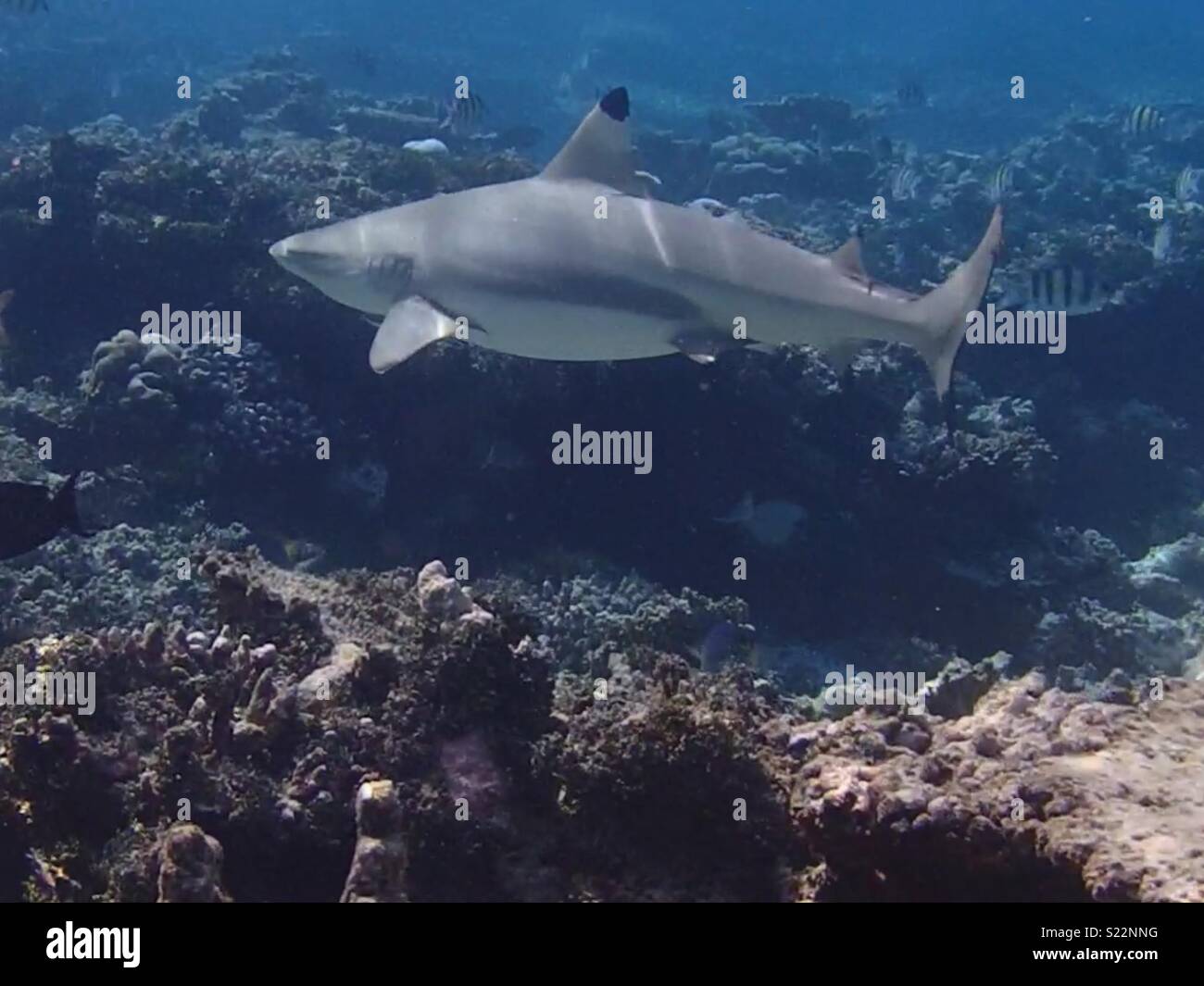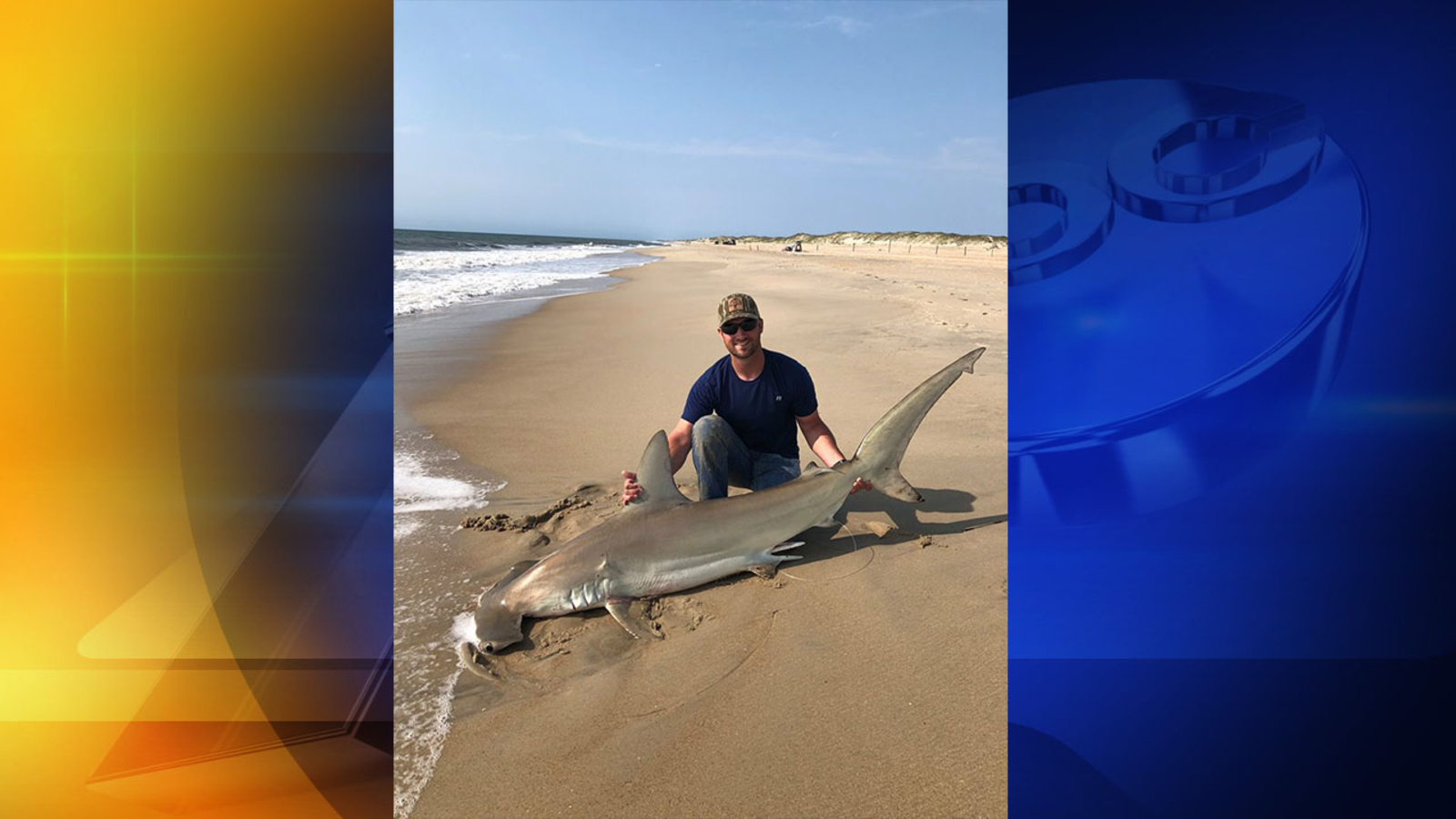Have you ever wondered what it's like to encounter a 6-foot shark in the wild? These magnificent creatures are both awe-inspiring and intimidating, but they play a crucial role in maintaining the balance of marine ecosystems. Whether you're a marine enthusiast or just curious about the underwater world, understanding 6-foot sharks is an adventure worth diving into.
Now let's be real here, when people talk about sharks, they automatically think of massive predators like the great white or the hammerhead. But did you know that some of the most fascinating sharks out there are actually around 6 feet in length? These guys might not be the biggest, but they're definitely some of the coolest creatures swimming beneath the waves.
Before we dive deep into the world of 6-foot sharks, let's talk about why they matter. These creatures aren't just random fish swimming around; they're key players in the ocean's food chain. Understanding them can help us protect marine life and, well, avoid unnecessary panic the next time you see a Discovery Channel special.
Read also:Gene Simmons Tour The Rockstars Ultimate Journey
What Exactly Is a 6-Foot Shark?
First things first, let's break down what we mean by a "6-foot shark." We're not talking about some mythical creature here. A 6-foot shark refers to any shark species that typically grows to around 6 feet in length. That's about the height of an average adult human, which makes these guys both impressive and slightly intimidating.
Now, here's the kicker: not all 6-foot sharks are the same. Some are reef-dwellers, while others prefer open waters. Some are hunters, and others are filter feeders. But one thing's for sure—they all have that unmistakable shark vibe.
Common Species of 6-Foot Sharks
Let's take a closer look at some of the most common 6-foot shark species. These guys might not make headlines like their larger cousins, but they're just as fascinating:
- Blacktip Reef Shark: These guys are the surfers of the shark world. They love shallow waters and are often spotted near coral reefs. Don't worry, though—they're more interested in small fish than humans.
- Spinner Shark: Known for their acrobatic skills, spinner sharks can leap out of the water and spin multiple times before landing. It's like watching a shark ballet, but with teeth.
- Leopard Shark: These beauties are covered in spots and are often found in calm, sandy areas. They're pretty chill and not the least bit aggressive.
See? Not all sharks are out to scare you. In fact, most of them are just trying to live their best underwater lives.
Why Are 6-Foot Sharks Important?
Alright, so now that we know what a 6-foot shark is, let's talk about why they matter. Sharks, in general, are apex predators, which means they help keep the ocean's ecosystems in check. Without them, things could get pretty messy.
For example, 6-foot sharks often prey on smaller fish, preventing overpopulation. This keeps the coral reefs healthy and ensures that other marine species have enough food to survive. Think of them as the ocean's version of a cleanup crew, but with fins.
Read also:How Many Baby Mommars Does Tyrus Have Unveiling The Truth Behind The Numbers
The Role of Sharks in Marine Ecosystems
Here's a fun fact: sharks have been around for over 400 million years. That's longer than dinosaurs, folks! During that time, they've evolved to become some of the most efficient predators on the planet. And while 6-foot sharks might not be the biggest or the baddest, they still play a vital role in maintaining balance.
But here's the thing: sharks are under threat. Overfishing, habitat destruction, and climate change are all taking a toll on their populations. If we don't protect these creatures, the entire marine ecosystem could suffer.
Encountering a 6-Foot Shark: What to Do
Now, let's talk about the elephant in the room: what happens if you encounter a 6-foot shark in the wild? First of all, don't panic. Contrary to popular belief, most sharks aren't interested in humans. In fact, they're more scared of us than we are of them.
Here are a few tips if you ever find yourself face-to-face with a 6-foot shark:
- Stay calm and avoid sudden movements.
- Slowly back away without turning your back on the shark.
- If the shark gets too close, use any nearby objects to create distance.
- And most importantly, remember that the shark is just as surprised to see you as you are to see it.
Trust me, the odds of a 6-foot shark attacking you are about as high as winning the lottery twice in a row. So, relax and enjoy the moment—it's not every day you get to meet one of these magnificent creatures.
Shark Attacks: Fact vs Fiction
Let's bust some myths here. While shark attacks do happen, they're incredibly rare. In fact, you're more likely to be struck by lightning than attacked by a shark. The media loves to sensationalize these incidents, but the truth is that most sharks are harmless to humans.
That being said, it's always a good idea to be informed. If you're swimming in areas known for shark activity, take precautions like avoiding swimming at dawn or dusk and staying close to shore.
The Science Behind 6-Foot Sharks
Now, let's get nerdy for a moment. Scientists have been studying sharks for decades, and they've uncovered some pretty cool facts about 6-foot sharks. For starters, these creatures have an incredible sense of smell. They can detect a single drop of blood in an Olympic-sized swimming pool. That's some next-level sniffing right there.
But that's not all. Sharks also have a sixth sense called electroreception. This allows them to detect electrical signals emitted by other animals. It's like having a built-in radar system. Pretty cool, right?
Shark Anatomy: What Makes Them So Effective?
When you think about it, sharks are the ultimate predators. Their streamlined bodies, powerful tails, and sharp teeth make them perfectly adapted for hunting. And don't even get me started on their skin. It's covered in tiny scales called dermal denticles, which reduce drag and make them super speedy.
But here's the kicker: despite their fearsome reputation, sharks are actually quite vulnerable. They grow slowly, mature late, and produce few offspring. This makes them particularly susceptible to overfishing and habitat loss.
Conservation Efforts for 6-Foot Sharks
So, what's being done to protect these amazing creatures? Thankfully, there are plenty of organizations and governments working hard to conserve shark populations. From creating marine protected areas to banning shark finning, there are lots of initiatives aimed at keeping sharks safe.
But it's not just up to scientists and policymakers. We all have a role to play in protecting sharks. Whether it's supporting sustainable fishing practices or simply spreading awareness, every little bit helps.
How You Can Help Protect Sharks
Here are a few ways you can get involved in shark conservation:
- Support organizations working to protect sharks, like the Shark Trust or Oceana.
- Choose sustainably sourced seafood and avoid products made from shark fins.
- Educate others about the importance of sharks in marine ecosystems.
Remember, every action counts. Even something as simple as sharing a shark fact on social media can make a difference.
Fun Facts About 6-Foot Sharks
Let's end on a fun note with some interesting facts about 6-foot sharks:
- Spinner sharks can spin up to 7 times in the air before landing back in the water.
- Leopard sharks are named for their distinctive spotted patterns, which help them blend into their surroundings.
- Blacktip reef sharks are often seen swimming in groups, which makes them look even more intimidating.
See? Sharks aren't all scary. They're actually pretty cool when you get to know them.
Sharks in Pop Culture
Let's not forget the role sharks play in our culture. From movies like "Jaws" to TV shows like "Shark Week," these creatures have captured our imaginations for decades. But it's important to remember that most of what we see in the media is dramatized. Real-life sharks are nothing like the monsters portrayed on screen.
So, the next time you watch a shark movie, take it with a grain of salt. And maybe, just maybe, you'll start seeing sharks in a whole new light.
Conclusion: Why We Should Care About 6-Foot Sharks
So, there you have it—a deep dive into the world of 6-foot sharks. These amazing creatures might not be the biggest or the baddest, but they're definitely some of the coolest. From their incredible senses to their vital role in marine ecosystems, there's so much to admire about these sharks.
But here's the bottom line: we need to protect them. Sharks are facing more threats than ever before, and it's up to all of us to make a difference. Whether it's through conservation efforts or simply spreading awareness, every little bit helps.
So, the next time you're at the beach, take a moment to appreciate the incredible creatures swimming beneath the waves. And if you ever do encounter a 6-foot shark, remember: they're just as curious about you as you are about them. Now, go out there and make a splash!
Table of Contents
- What Exactly Is a 6-Foot Shark?
- Common Species of 6-Foot Sharks
- Why Are 6-Foot Sharks Important?
- Encountering a 6-Foot Shark: What to Do
- The Science Behind 6-Foot Sharks
- Conservation Efforts for 6-Foot Sharks
- Fun Facts About 6-Foot Sharks
- Sharks in Pop Culture
- Conclusion: Why We Should Care About 6-Foot Sharks


